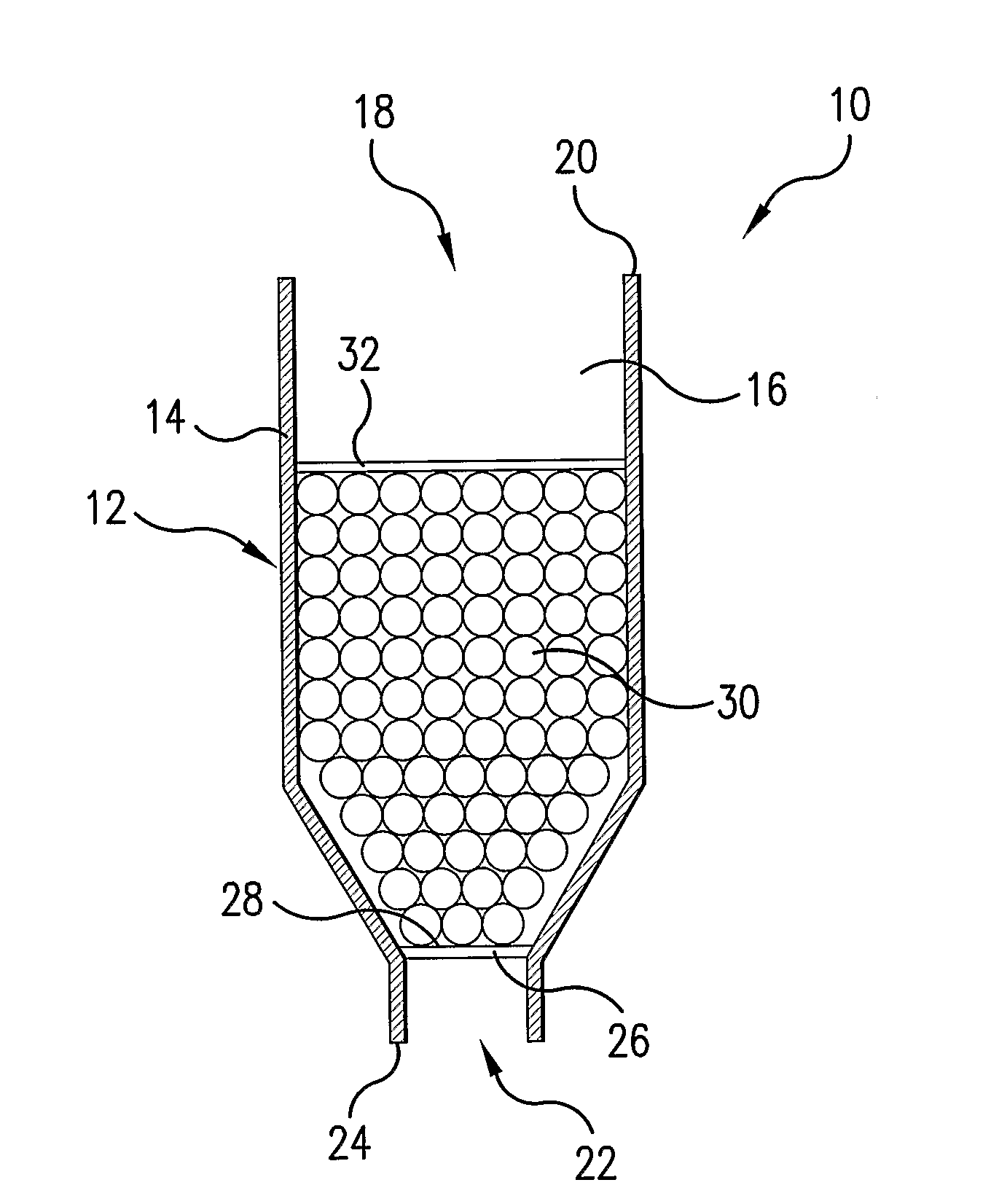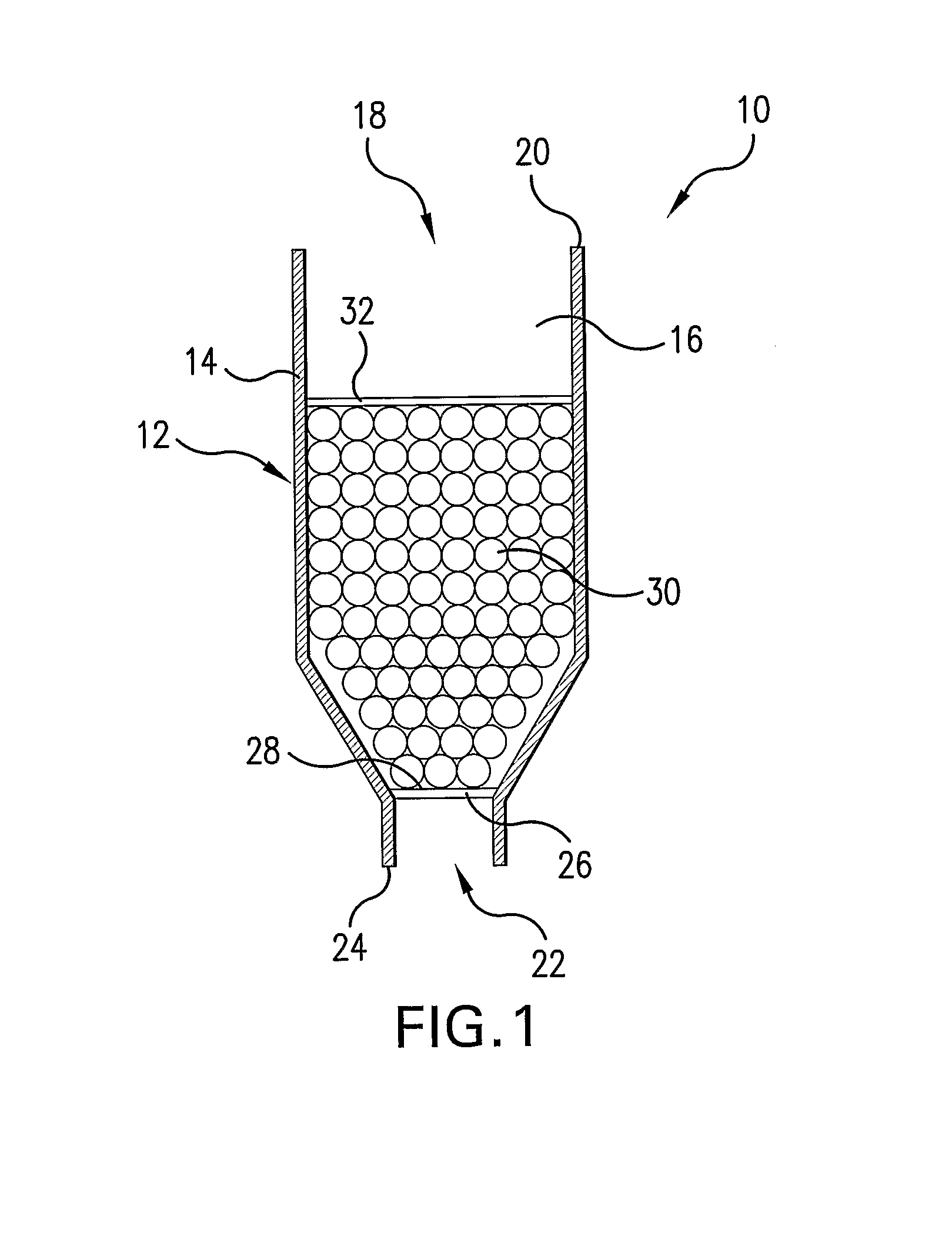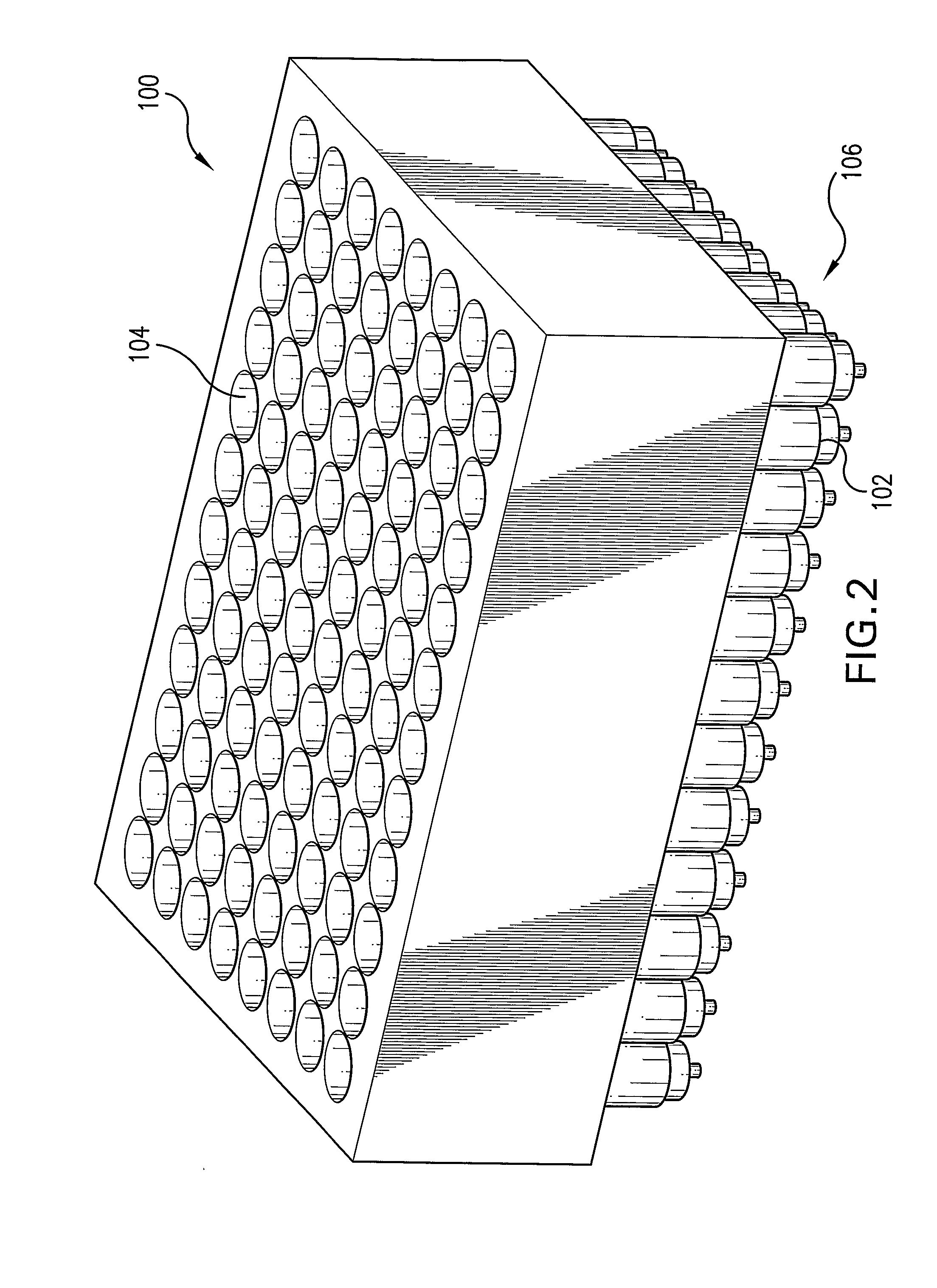Assay for Cytochrome P450 Isoforms 3A4 and 3A5
a cytochrome p450 and isoform technology, applied in the field of cytochrome p450 isoforms 3a4 and 3a5, can solve the problems of reducing therapeutic efficacy, cyp3a4 activity can give rise to clinically significant and potentially life-threatening drug interactions, and reducing the release of tritium, etc., to achieve rapid and sensitive radiometric results
- Summary
- Abstract
- Description
- Claims
- Application Information
AI Technical Summary
Benefits of technology
Problems solved by technology
Method used
Image
Examples
example 1
[0109]This example illustrates the development of the assay of the present invention and its use to identify inhibitors of CYP3A4 / 5 activity.
[0110]Synthesis of [6β-3H]-testosterone. Synthesis of [6β-3H]-testosterone was as follows.
[0111]To a stirring solution of 0.85 g of testosterone-3-ethyleneacetal (1, obtained from Steraloids Inc., Newport, R.I.) in 14 mL of chloroform was added 0.1 g of sodium acetate and 1 mL of peracetic acid (36%) with cooling in an ice-salt bath. After two hours, the solution was washed first with 1N sodium hydroxide solution (5 mL) and then water (2×5 mL). The organic layer was dried over anhydrous magnesium sulfate, filtered, and concentrated to dryness. The 5β,6β-epoxide (5β,6β-epoxy-17β-hydroxyandrostan-3-one,3-ethyleneacetal; 2) and 5α,6α-epoxide (5α,6α-Epoxy-17β-hydroxyandrostan-3-one,3-ethyleneacetal; 3) which were formed in the reaction were separated from each other by using silica gel column chromatography (60 g. silica gel, hexane: acetone as an ...
example 2
[0143]This example illustrates the use of the present invention to determine and quantify the enzymatic activity and the effect of CYP3A4 / 5 inhibitors in intact hepatocytes.
[0144]Human hepatocytes were prepared from fresh liver samples (surgical waste obtained from a local hospital). Hepatocytes were isolated and cryopreserved in liquid nitrogen according to established protocols (See for example, Hengstler et al., Drug Metab. Rev. 32: 81-118 (2000); Ferrini et al., Methods Mol. Biol. 107: 341-52 (1998)). Cells were thawed and incubated for one hour at 37° C. in a shaking water bath under a humidified atmosphere of 5% CO2, 95% oxygen, in 12-well culture plates. Each culture well contained one million cells, 1 mL of hepatocyte culture medium (HCM) (Dich and Grunnet, in Methods in Molecular Biology, Vol. 5: Animal Cell Culture (Pollard and Walker, eds) pp. 161-176, Humana Press, Clifton, N.J. (1989)), 200 μM unlabelled testosterone, and 370,000 dpm of [6β-3H]-testosterone. When assayi...
example 3
[0147]This example illustrates the use of the present invention to determine and quantify the effect of CYP3A4 / 5 inducers in hepatocytes.
[0148]Cryopreserved human hepatocytes from two different donors were obtained from Tissue Transformation Technologies (Edison, N.J.). Cells (ca. 320,000) were plated in 24-well collagen-coated culture plates and maintained at 37° C. in a humidified atmosphere of 5% CO2, 95% air, in hepatocyte culture medium (HCM) (Dich and Grunnet, ibid.) supplemented with ITS+(Collaborative Research, Waltham, Mass.). Twenty-four hours later, the culture medium for each well of cells was removed, fresh HCM with ITS was added, and cells were treated with either vehicle (control), rifampicin (positive control), or analyte being tested for ability to induce CYP3A4 / 5 activity for 48 hours. CYP3A4 / 5 enzyme activity was then determined as follows.
[0149]For each well, the medium was removed and the cells were incubated in 0.5 mL of Hank's balanced salt solution (HBSS) con...
PUM
| Property | Measurement | Unit |
|---|---|---|
| volume | aaaaa | aaaaa |
| volume | aaaaa | aaaaa |
| volume | aaaaa | aaaaa |
Abstract
Description
Claims
Application Information
 Login to View More
Login to View More - R&D
- Intellectual Property
- Life Sciences
- Materials
- Tech Scout
- Unparalleled Data Quality
- Higher Quality Content
- 60% Fewer Hallucinations
Browse by: Latest US Patents, China's latest patents, Technical Efficacy Thesaurus, Application Domain, Technology Topic, Popular Technical Reports.
© 2025 PatSnap. All rights reserved.Legal|Privacy policy|Modern Slavery Act Transparency Statement|Sitemap|About US| Contact US: help@patsnap.com



